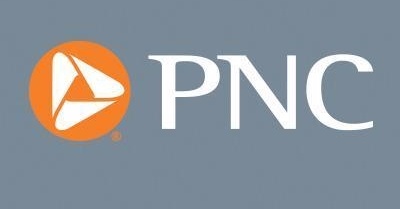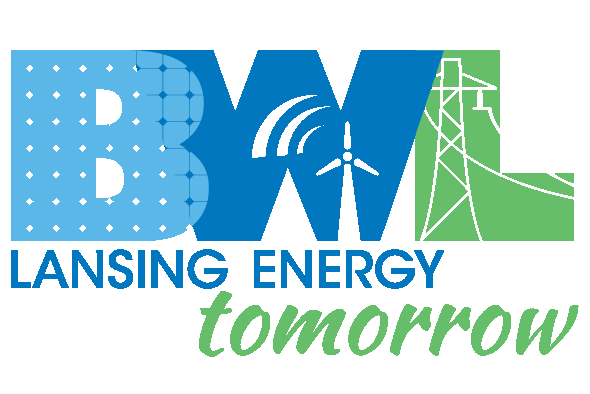
a Drag on Consumer Incomes and Spending
- The PCE price index rose 0.6% in May, with core prices up 0.3%. Both overall and core PCE inflation remained well above the Federal Reserve’s 2% objective on a year-over-year basis.
- Nominal after-tax income rose 0.5% in May, but after adjusting for inflation after-tax income was down 0.1%.
- Nominal consumer spending rose 0.2%, with real spending down 0.4%. High inflation is weighing on households.
- The outlook for consumer spending has turned less positive, but it should continue to increase through the rest of this year and in 2023. Growth will shift from goods to services.
- The baseline outlook is for continued economic growth, but recession risks are elevated.
- Inflation remains high, but has likely peaked.
The personal consumption expenditures price index increased 0.6% in May from April, with the core PCE price index (excluding food and energy) up 0.3%. The PCE price index is the Federal Reserve’s preferred inflation measure. Overall monthly PCE inflation was 0.2% in April; it rose sharply in May with much higher food and energy prices, up 1.2% and 4.0% respectively.
On a year-ago basis the overall PCE price index was up 6.3%, the same pace as in April, but down from 6.6% in March. The core PCE price index rose 4.7% in May from one year earlier, down from 4.9% inflation in April. Both of these are well above the Fed’s 2% objective.
Nominal household income increased a solid 0.5% over the month, including a 0.5% increase in labor market income; these are on par with recent gains. After-tax income also rose 0.5% in May from April. But with high inflation, real (inflation-adjusted) after-tax income fell 0.1% over the month.
Nominal consumer spending rose a modest 0.2% over the month, the smallest increase since December of last year. After adjusting for inflation consumer spending fell 0.3% in May from April, the first decline since December. Nominal spending on durable goods fell 3.2%, pulled lower by a big drop in auto sales over the month. Nominal spending on nondurable goods rose 0.7%, but the increase was due to higher food and gas prices; adjusted for inflation, nondurable goods spending fell 0.6%. Nominal services spending rose 0.7% in May, and was up 0.3% after inflation.
With household income up more than spending, the personal saving rate rose to 5.4% in May from 5.2% in April. The personal saving rate in 2022 has been running below the pre-pandemic rate of around 8%.
The May personal consumption and expenditures report was soft, although not softer than the consensus. High inflation is starting to take a bite out of consumer incomes and spending. Real after-tax income fell slightly over the month, and there was a sizable drop in real consumer spending.
After very strong growth in consumer spending in the first 18 months after the initial recovery from the pandemic began, major drivers are now turning negative. Pandemic aid from the government has largely ended; high inflation is weighing on real incomes; interest rates are rising; tight supplies are restricting auto sales; consumers have already purchased a lot of goods and don’t need many more; and declining stock prices are a drag on household wealth. There are still some major positives, however. Job growth remains very good; nominal wages are rising quickly with the tight labor market, although inflation is offsetting this; and strong house price growth is boosting homeowners’ wealth. The biggest reason for optimism about the consumer outlook is that households still have trillions of dollars from pandemic-related stimulus that they have saved up over the past couple of years, when opportunities to spend were limited.
After very strong inflation-adjusted consumer spending growth in 2021 of about 7%, PNC expects real spending growth to slow to around 2.5% in 2022, and further to 1.4% in 2023. After households ramped up their goods purchases in the aftermath of the pandemic, consumer spending growth will shift from goods to services in 2022 and 2023.
Since consumer spending makes up about 2/3 of the US economy, as long as that holds up the current expansion should continue. But with high inflation a big headache for consumers and the Federal Open Market Committee quickly rising interest rates to combat it, recession risks are elevated. A recession in 2022 is unlikely give the strong labor market, but the risk of recession over the next few years is about 40%, about double what it was prior to the Russian invasion of Ukraine.
Inflation will move toward the Fed’s 2% objective over the next couple of years. Inflation has likely peaked on a year-over-year basis, but remains elevated. It will slow in the near term primarily due to favorable comparisons with the second half of 2021, and then further in 2023 with weaker economic growth from higher interest rates. A stabilization in gas prices should also help slow inflation.
The PNC Financial Services Group, Inc. is one of the largest diversified financial services institutions in the United States, organized around its customers and communities for strong relationships and local delivery of retail and business banking including a full range of lending products; specialized services for corporations and government entities, including corporate banking, real estate finance and asset-based lending; wealth management and asset management. For information about PNC, visit www.pnc.com.













